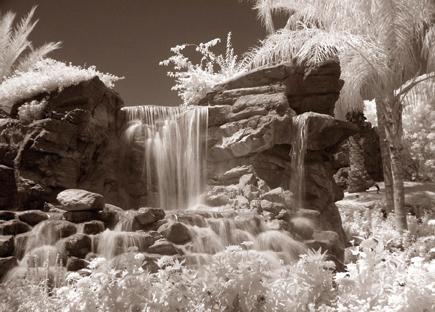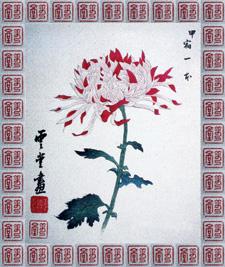Howard Millard
|
Apr 01, 2006
|
Feb 01, 2006
|
Nov 01, 2005
|
Oct 25, 2005
|
Oct 25, 2005









